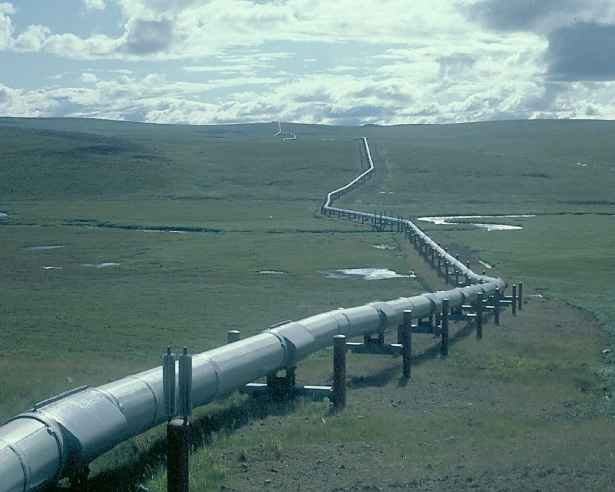
A year after the publication of the U.S. Department of State’s exhaustive report on the Keystone XL project, the Environmental Protection Agency (EPA) has finally shared its opinion. To the delight of ecologists, the EPA contradicts the analysis of the Department of State by maintaining that the construction of the oil pipeline would cause a marked increase in greenhouse gas emissions. This EPA document — a simple letter, two-and-a-half pages long — is beneath a governmental organization of such high stature.
The EPA’s missive tackles two questions. First, the [question of] quantity of greenhouse gas emitted by the production of the 830,000 barrels that the oil pipeline must ferry from Canada to the refineries near the Gulf of Mexico. Second: Would the construction of Keystone XL cause an increase in the production of Albertan shale oil?
To answer the first question, the EPA cites the Department’ of State’s report, according to which the extraction and refining of 830,000 oil barrels from the oil sands would result in the production of between 1.3 and 27.4 million tons of greenhouse gases. Then, without a single word about the large difference between the minimum and maximum numbers, the EPA chooses the highest: “27.4 MMT[carbon dioxide]-e per year is equivalent to the annual greenhouse gas emissions from 5.7 million passenger vehicles.”
Not a single word either about what the Department of State and other experts have pointed out: On the American market, Canadian heavy oil does not replace light oil; rather, [it replaces] heavy oil imported from other countries, such as Venezuela and Mexico. However, the production of their oil emits as much greenhouse gases, or nearly as much, as that of Albertan oil. If we are to compare apples with apples, the extraction of 830,000 barrels of Canadian heavy oil would cause additional emissions weighing 1.3 to 18.4 million tons per year, according to the kind of oil to which we compare it. Even the highest number is only equal to 0.4 percent of the greenhouse gas emitted yearly by the United States.
As for the second question, the Department of State considers that the development of oil sands will continue, regardless of whether Keystone XL is approved or not. Canadian oil will make its way to American refineries by other means, especially by train. Therefore, the construction of the pipeline will not cause additional greenhouse gas emissions.
To that, the EPA retorts that the recent fall of oil prices changes everything: Rail transport, more expensive, could become unaffordable to Canadian producers, who would be constrained to reduce their throughput. This line of reasoning is flawed. As the agency itself notes, the development of oil sands “will be driven by long-term movements in the price of oil and not short term volatility.” Indeed, the amount of southbound Canadian oil has been increasing in the last few months, despite falling prices.
On the scientific level, the EPA letter has no value whatsoever. On the political level, however, it gives Obama the pretext he lacked to block Keystone XL.

Leave a Reply
You must be logged in to post a comment.